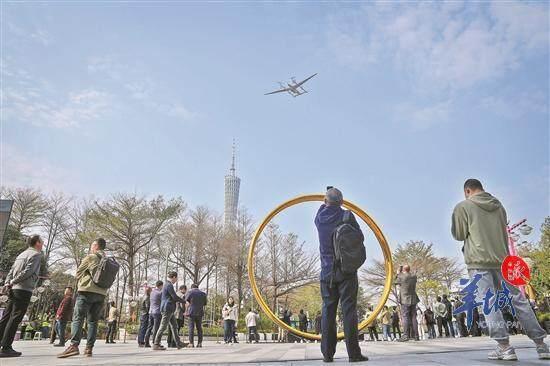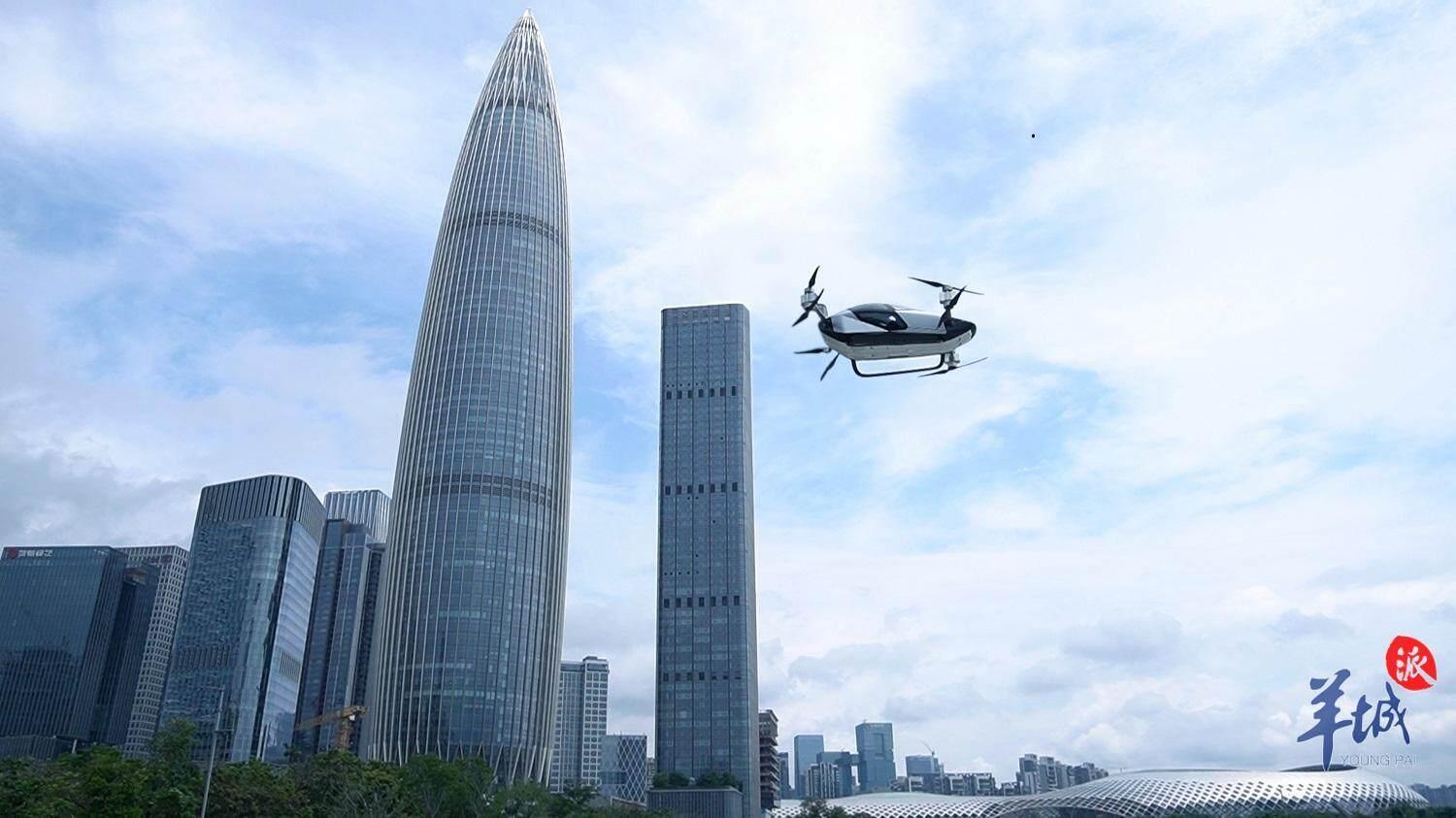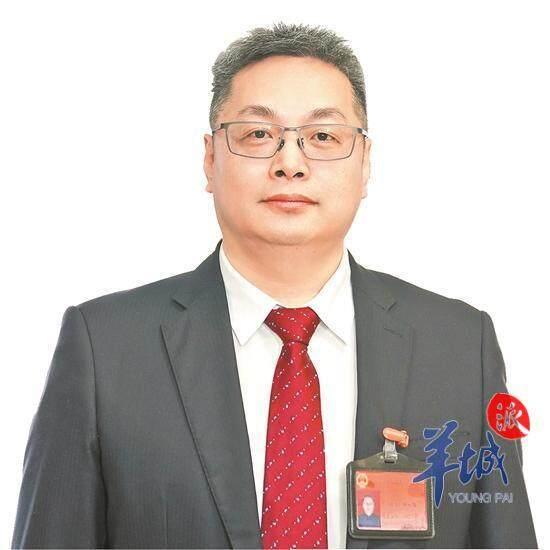
On February 20th, the 5th session of the 16th Guangzhou Municipal People's Congress opened, with the low-altitude economy becoming a trendy topic. As an innovative city at the forefront of development, Guangzhou has become China's second-largest low-altitude economy hub, following Shenzhen. The city is home to over 4,000 related companies, including 65 core businesses such as EHang, Xpeng AEROHT, and XAG, which have contributed significantly to advancements in research and innovation, manufacturing, infrastructure development, and the expansion of application scenarios within the low-altitude economy.


Guangzhou has excelled in the manufacturing of electric vertical takeoff and landing (eVTOL) aircraft and drones. EHang's EH216-S flying car has successfully obtained airworthiness certification; Xpeng AEROHT's ''Land Carrier'' a split-body flying car, successfully completed its maiden flight and has received numerous orders; XAG's agricultural drones held over 40% of the market share, accelerating the transformation of agriculture toward smart farming.

Chen Tengfei, a delegate of the Guangzhou Municipal People's Congress and Chief Designer at EHang, will submit a proposal for the third time this year. It focuses on accelerating airworthiness certification and the construction of flight test infrastructure. He emphasized that Guangzhou should implement newly formulated low-altitude economy regulations to accelerate the industry's development.

Wang Jie, a delegate of the Guangzhou Municipal People's Congress and head of the Guangzhou branch of KPMG HuazhenLLP, suggested that Guangzhou should expedite the industrialization of the low-altitude economy, moving from concept to large-scale application. He also emphasized the need to strengthen talent development, particularly in constructing training bases for low-altitude aircraft pilots, to enhance the industry's core competitiveness.
Infrastructure development is crucial for developing the low-altitude economy. Guangzhou is advancing its "1+5+100" low-altitude takeoff and landing infrastructure optimization plan, with 38 available takeoff and landing sites already constructed, providing convenient conditions for aircraft operations. The expansion of application scenarios is another highlight of Guangzhou's low-altitude economy, with 99 typical application scenarios identified. Thirty of them have received approved airspace or flight routes, covering logistics, urban management, and emergency rescue, among other fields.

Zhang Yunkai, a project management expert at China Mobile Internet, believes that the low-altitude economy involves multiple sectors, including airspace management and communication networks. He suggested the government take the lead in establishing a cross-departmental collaboration mechanism, develop a mid-term and long-term plan for low-altitude infrastructure, and focus efforts on overcoming technological bottlenecks, such as dynamic airspace allocation and data sharing.
Source: Lingnan on the Cloud
广州两会|从蓝图描绘到加速腾飞 广州低空经济如何“扶摇直上”?
2月20日,广州市第十六届人民代表大会第五次会议开幕,低空经济成为热议焦点。作为创新前沿城市,广州已成为全国第二大低空经济中心,仅次于深圳。广州拥有4000多家相关企业,其中65家核心企业,包括亿航智能、小鹏汇天、极飞科技等,推动低空经济在科研创新、制造、基础设施建设和应用场景拓展等方面取得显著成就。
在电动垂直起降航空器(eVTOL)和无人机制造领域,广州表现突出。亿航智能研发的EH216-S飞行汽车成功获得适航认证;小鹏汇天的“陆地航母”飞行汽车成功首飞并获得大量订单;极飞科技的农业无人机市场占有率超过40%,加速了农业向智慧农业转型。
广州市人大代表、亿航智能总设计师陈腾飞表示,今年将第三次提交低空经济发展的建议,重点关注加快适航审定和飞行试验基础设施建设。他指出,广州要落实新制定的低空经济法规,推动行业加速发展。
广州市人大代表、毕马威华振会计师事务所广州分所所长王洁建议,广州应尽快推动低空经济产业化,促进产业从概念走向规模化应用,并加强人才培养,特别是低空飞行器飞行员的实训基地建设,以提升产业核心竞争力。
基础设施建设是低空经济发展的关键。广州正在推进“1+5+100”低空起降基础设施体系优化,目前已建成38个可用起降场,提供便利的飞行器起降条件。应用场景的拓展也是广州低空经济的一大亮点,广州已确定99个典型应用场景,其中30个已获批空域或航线,涵盖物流配送、城市管理和应急救援等多个领域。
中移互联网项目管理专家张云慨认为,低空经济涉及空域管理、通信网络等多个领域,建议政府牵头建立跨部门协作机制,制定低空基础设施中长期规划,并集中力量攻克技术瓶颈,解决空域动态分配和数据共享等问题。
文 | 记者 冷霜
图 | 记者 梁喻 蔡嘉鸿
译|王枥焓
英文审校|林佳岱
-
Poster丨10,000 Acres of Peach Blossoms in Heyuan Lianping Celebrate Spring's Arrival
2025-02-21 20:15:12 -
DataTalk | Guangdong Private Economy: Thriving for High-Quality Growth
2025-02-20 22:10:40 -
'AI doctors' deploy in Guangdong hospitals: Can DeepSeek replace doctors?
2025-02-20 22:10:42 -
'Drunken Lion' girl: traditional culture should be not only seen, but also loved
2025-02-20 22:10:41






